Creeping crepe can affect your face and body as you age. Here’s how to avoid it and how to fix it.
If you’re talking about paper streamers to hang in the gym, then “crepe” is a perfectly good word. But when you’re talking about your eyes, face, neck, hands, arms and even (ugh) your knees, then it becomes something truly dispiriting.
Crepey skin, or, in medical terms, skin that has lost laxity, tends to show up more often in women than in men, and it usually becomes more noticeable with aging.
“I liken it to a warped and stretched-out rubber band that doesn’t retract back to normal, leaving the skin loose and wrinkled,” dermatologist Stacy Chimento told HuffPost. “In severe cases, the skin can appear as thin as tissue paper.”
“It’s the kind of skin you can ‘pinch and gather,’” plastic surgeon Tanuj Nakra told HuffPost.
The thinner the skin to begin with, the more vulnerable it is to the ol’ pinch and gather. And if there’s a spot you’ve always ignored, watch out. “I always tell younger women that I wish someone told me when I was their age that my arms would get wrinkles,” Joan Sutton, CEO and founder of 707 Flora, told HuffPost. “I’m over 50, and I’ve been diligent about staying out of the sun, using good skin care and getting facials regularly, so my face and decolletage look good — but I neglected my arms, and now I feel like I’m fighting to hold back the crepey skin in those areas.”
Crepe happens. Here’s how.
What in the world is going on here? Mostly, the passage of time. If you’ve hung around the planet for enough revolutions around the sun, you’re likely to notice skin like this somewhere on your lovely self.
“By the time people reach 50, or sometimes even at younger ages, the skin experiences degradation or loss of collagen and elastin/elastic fibers,” dermatologist Jeremy Brauer told HuffPost. “That results in compromised resiliency and increased fragility in the skin.”
![]()
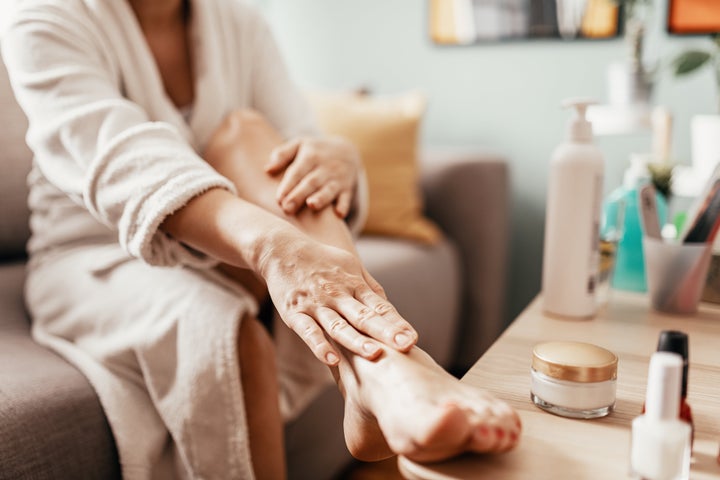
For every time you forgot to put on sunscreen, there might be some new crepe creep happening. “Excessive sun damage is a key factor for accelerating the breakdown of elastin in the skin, which gives it that natural snapback,” Chimento said.
For women, lucky us, there also are hormonal issues at play. “The ovaries gradually decrease estrogen production starting in perimenopause, which typically begins around age 40,” Bryan Barron, content and research director at Paula’s Choice, told HuffPost. “The decline in estrogen leads to further loss of collagen, fragmentation of elastin fibers, reduced capacity for skin to hold on to water and thinning of skin’s surface layers, due to a slowdown of hyaluronic acid and ceramide synthesis.” And once these losses begin to occur, the skin needs more help than ever. “That decline in estrogen leaves unprotected, exposed skin even more vulnerable to environmental damage, increasing the need for daily UV protection with a broad spectrum sunscreen,” he said.
And if you’ve done your best to stay in shape, here’s some bad news: “I see many over-50 women who are thin and fit, but that can make the skin look much more aged and crepey,” dermatologist Sheila Farhang told HuffPost. Because a lower overall body fat percentage means a smaller overall “facial volume,” Farhang says that fitter or thinner people often will have less fat around areas like the temples, eyes, mid-cheek and lower face. “Fat pads usually hold everything up and together,” she said. “Less fat, especially in these areas, can contribute to crepey skin in mature women.”
Here’s how to prevent crepey skin in the first place.
The experts we spoke with had a number of suggestions for lifestyle changes you can make to help reduce crepey skin. The top one was wearing sunscreen year-round on any part of your body that’s exposed to the sun.
If you smoke, well, you know what we’re going to say: “Quit as soon as possible,” Barron said. “Smoking deprives skin of the nutrients it needs to repair itself. Also, moderate your intake of caffeine and alcohol, both of which dehydrate skin and exaggerate a crepey texture.” Dermatologist DiAnne Davis pointed to smoking and other air pollutants as contributing factors: “They produce free radicals that can damage plump, healthy skin cells, and that can lead to crepeiness,” she told HuffPost.
“It’s also important to maintain a healthy weight,” dermatologist Deanne Mraz Robinson told HuffPost. “Fluctuations of big gains and losses can cause the skin to stretch and retract, wearing down the elasticity.”
Take it easy when you clean up, too, dermatologist Seemal R. Desai told HuffPost: “It’s a good idea to avoid excessively hot showers.” Barron suggested using a gentle, moisturizing body wash. “You don’t want to use highly fragranced shower gel or worse, bar soap.” He recommended Dove Sensitive Skin Body Wash. “It produces a skin-smoothing, creamy lather that won’t leave skin depleted,” he said. You’ll also want to avoid harsh body scrubs that scratch and tear at already delicate skin. “Crepe-like texture can’t be scrubbed away,” he said.
And since what you put into your body tends to be reflected on the outside, many of the experts we spoke to urged increasing water intake and eating a balanced, healthy diet, both of which can contribute to overall skin wellness. You may want to consider supplements, too. “More studies are emerging supporting collagen supplements, and I usually recommend them for my over-50 patients,” Farhang said.
If you want to take your treatment up a notch, you can work with a doctor.
If you’d like to work with a dermatologist for in-office treatments, here are some of the most popular ways people address crepey skin:
Fractionated radiofrequency: “The No. 1 procedure in my office for crepey skin is fractionated radiofrequency with microneedling, such as Inmode Morpheus8, which stimulates collagen production,” Farhang said.
Ulthera: “This uses targeted ultrasound energy to heat the supporting tissues below your skin. This intense heat breaks down some of the cells and stimulates the growth of collagen to tighten your skin,” Robinson said.
Fraxel and Pico: “These laser therapies use heat to create columns of injury to the skin, which will stimulate the growth of new collagen. This helps support your skin and smooth out wrinkling from the inside out,” Robinson said.
Dermal fillers: “The Food and Drug Administration (FDA) has approved Restylane Lyft, a hyaluronic acid filler traditionally used in the face for use in the hands, which is a commonly affected area of the body for crepey skin,” Robinson said. “I use a hyper-diluted Radiesse dermal filler to the chest, arms and above the knees,” Farhang said.
Get after it early and relax a little, OK?
Just in case you know a Zoomer who’s eager to hear your skin care advice, or if you plan to return to earth in another life and take much better care of your skin, keep these words from Chimento in mind: “It’s best to start treating the body as carefully as the face as early as your 20s.”
Finally, remember this: “It’s not so easy getting older, and as women, we tend to put a lot of pressure on ourselves for how we look,” Sutton summed up. “I’ve been concerned about aging since I was 30, which is a crazy thought to me now, at age 51. I’m still chasing youthful skin, but I’m also embracing the imperfections that come with age and that have taken me decades to create.”
These are products experts recommended to treat crepey skin.
Newszetu may receive a share from purchases made via links on this page. Prices and availability subject to change.
1. CeraVe Moisturizing Cream
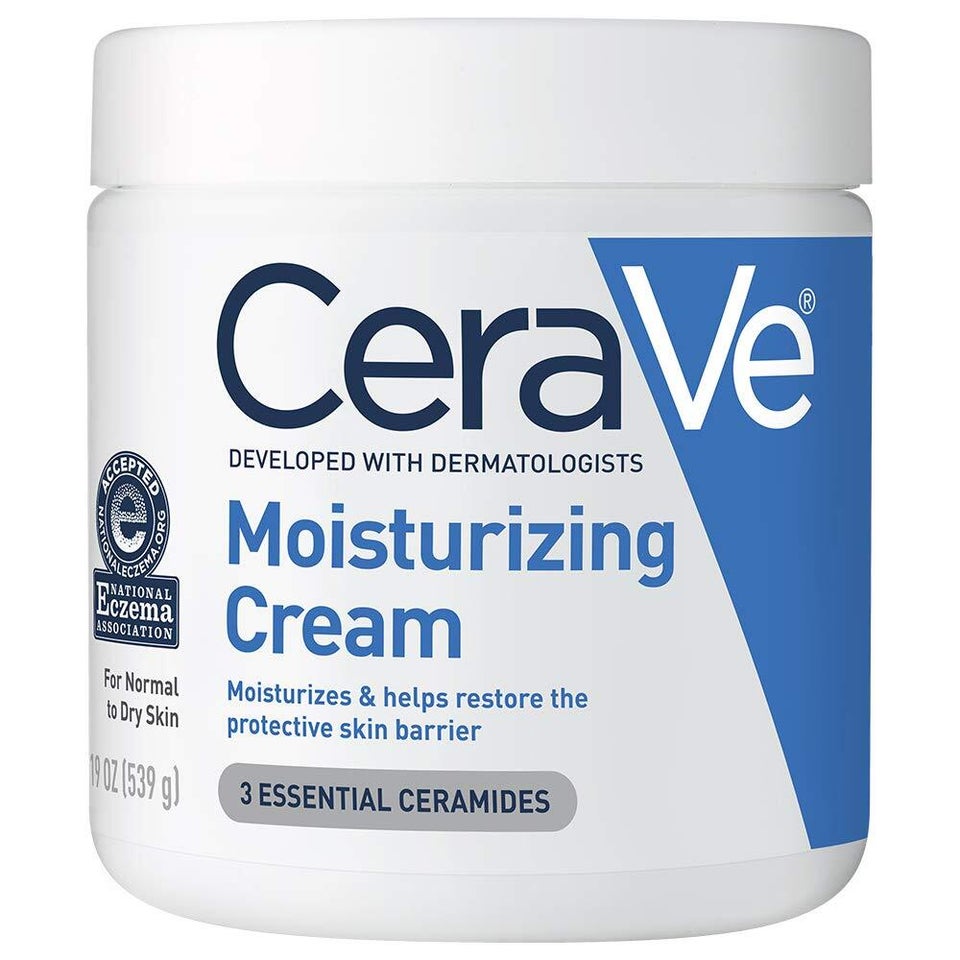
“I recommend moisturizing with thick emollients, which helps to replace the ceramides and lipid concentration in the skin, which can help with overall skin hydration,” Desaid said. “I really like the CeraVe moisturizing brand line, and I recommend the creams over lotions. One of my favorite moisturizers in the entire world, and one I recommend to patients every day, is the CeraVe Moisturizing Cream. It’s a rich, non-greasy and fast-absorbing cream that releases a steady stream of moisturizing ingredients, including essential ceramides and hyaluronic acid. It’s also fragrance-free, so it’s great for even the most sensitive skin types.”
2. Isdin Uradin Lotion
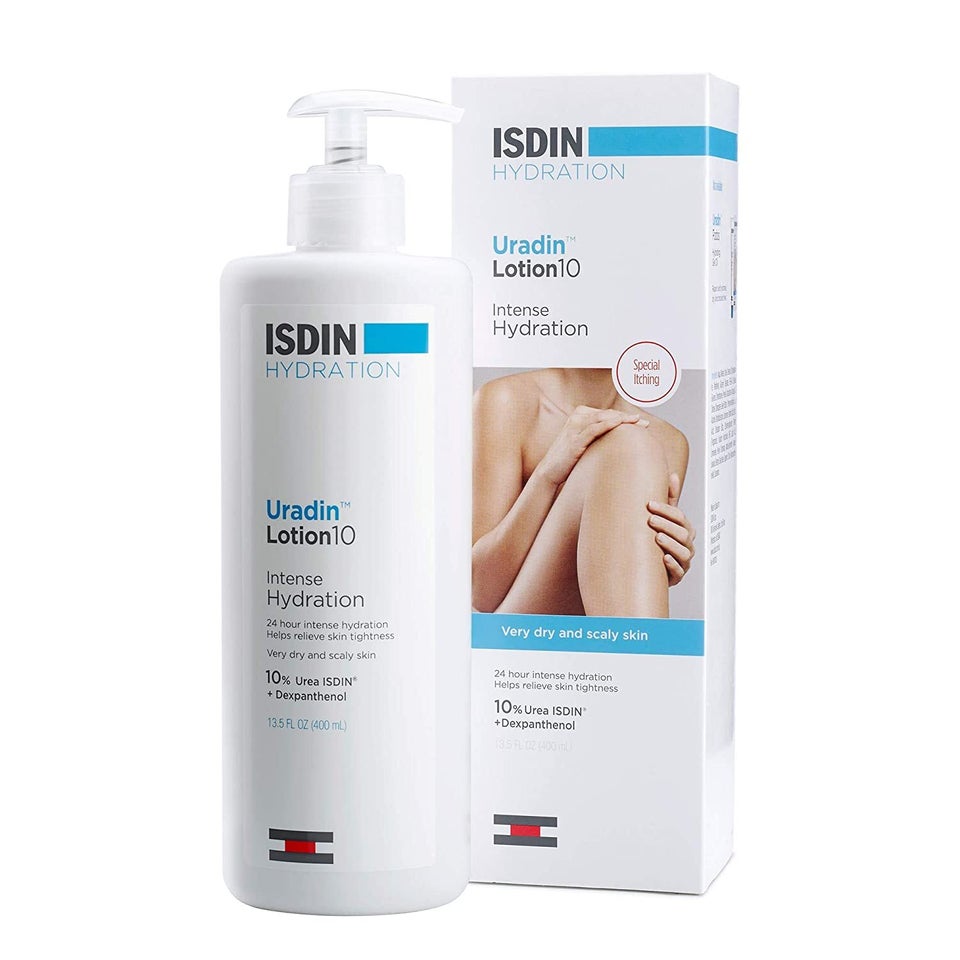
“This gives your skin effective, immediate and long-lasting hydration,” Robinson said.
3. AlphaRet Overnight Cream
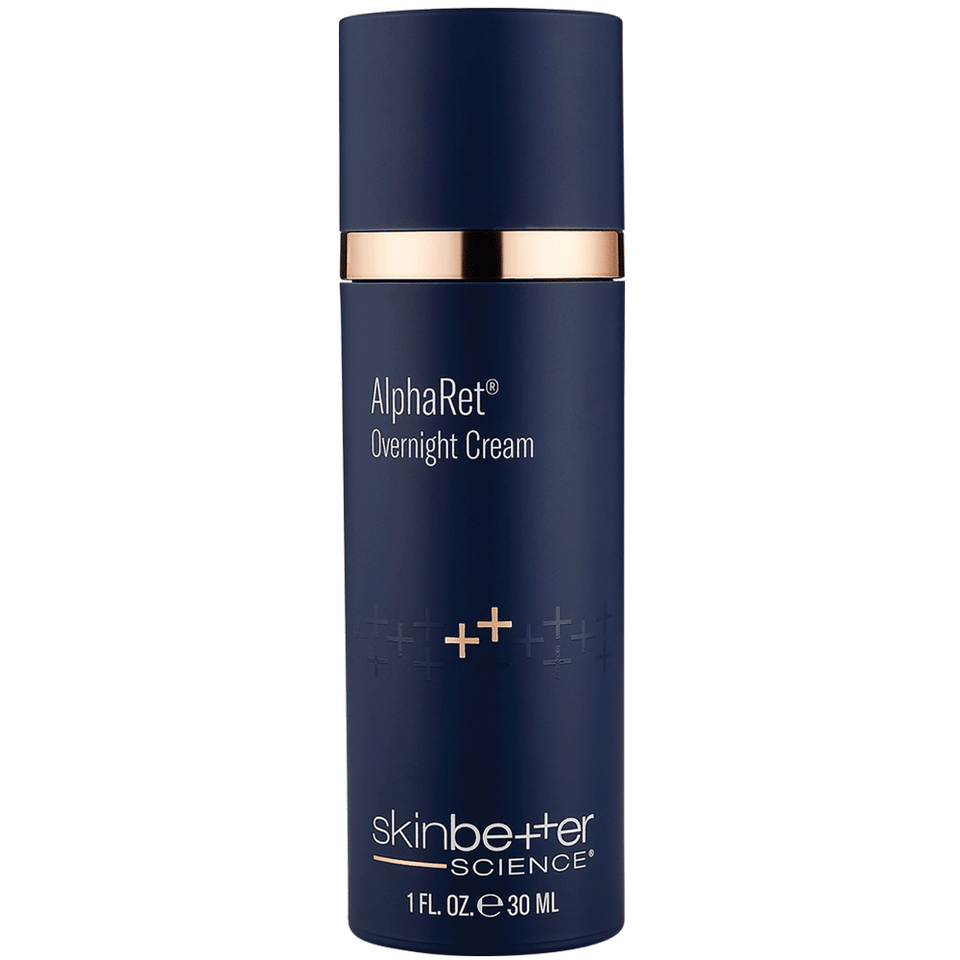
“I think it’s really important to use a retinoid at bedtime to help stimulate collagen production,” Brauer said. “I like this brand because it significantly reduces the appearance of crepey skin and wrinkles, with little-to-no irritation.”
4. Avya Eye Creams
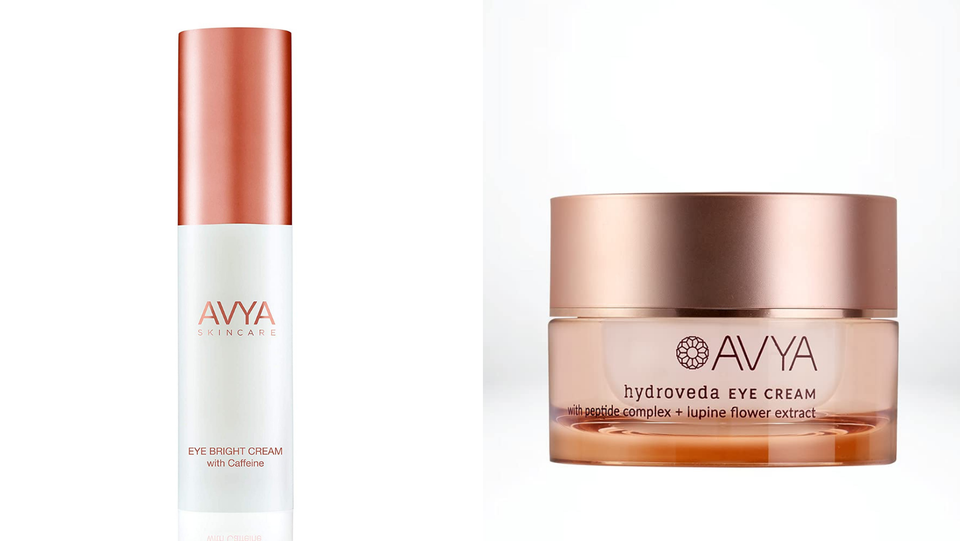
Eyelids often are one of the first places crepey skin appears. Eye Bright Cream reduces crepey changes and infuses active ingredients to reverse puffing and aging. “For night, Hyrdroveda Eye Cream is the perfect companion product, since it deeply hydrates the thin eyelid skin and reverses UV damage from the day,” Nakra said.
5. SkinBetter InterFuse Treatment Cream for Face and Neck
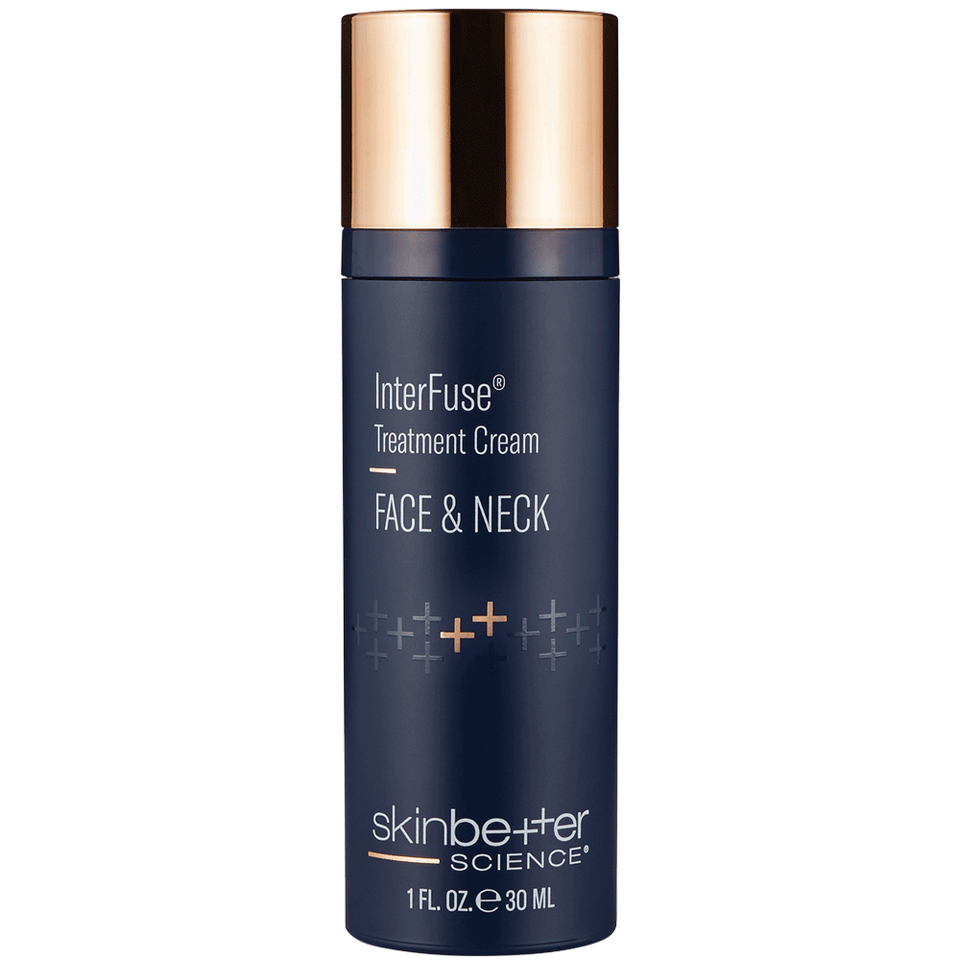
“Not only does this cream deeply nourish the skin, but it contains neuro-calming peptides that smooth the skin for an instant pick-me-up,” Chimento said.
6. 707 Flora Moisture Matrix
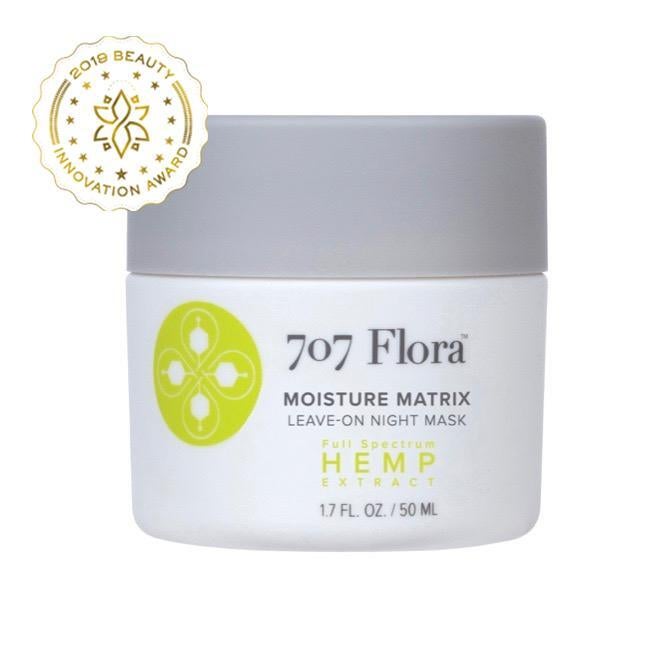
“This product works wonders with crepey skin — and I know that firsthand,” Sutton said. “Its formula plumps skin with humectants like apple saccharides that draw in moisture and hydration. I use it on my arms every time I get out of the shower and it really makes a difference.”
Credit: Source link